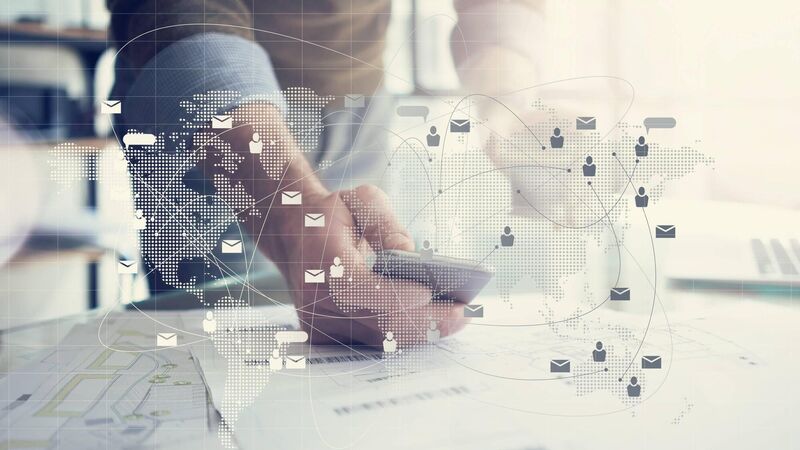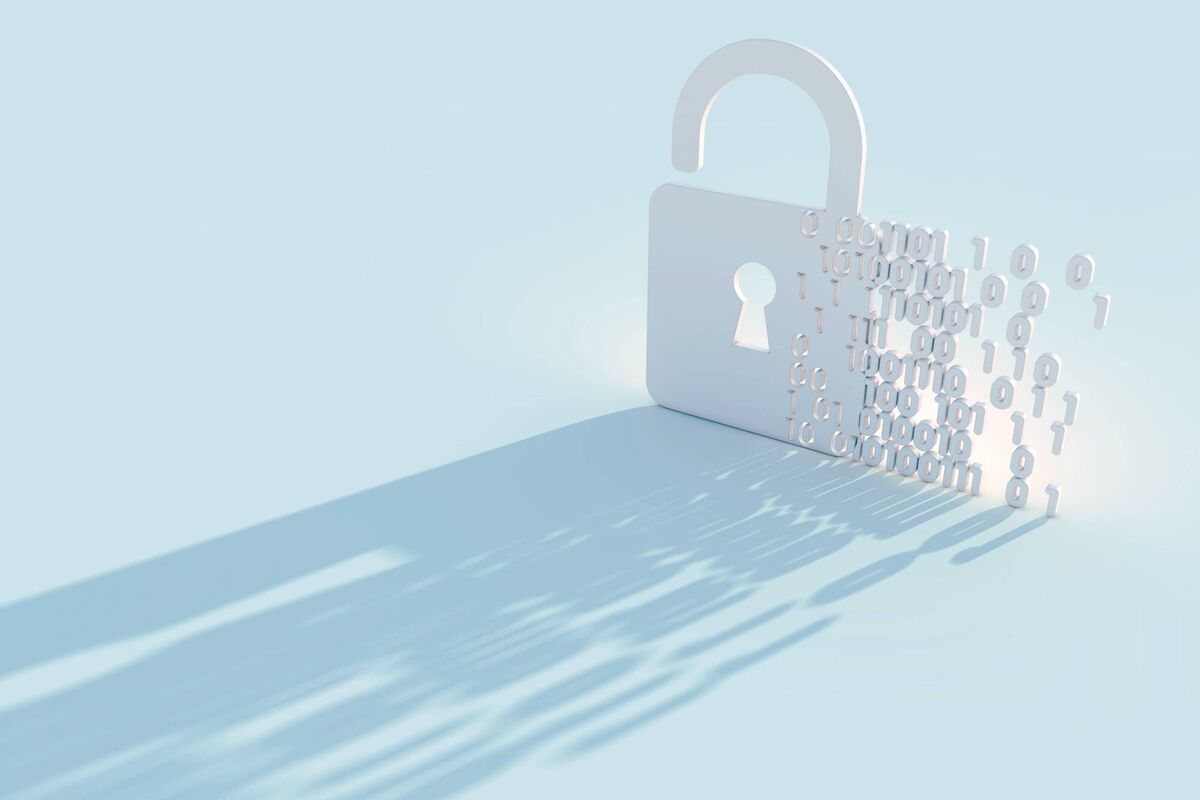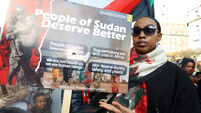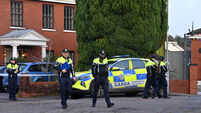Riccardo Puliti: The world needs a digital lifeline so we can truly get connected

From Kenya to Ukraine and from Malaysia to Tanzania, the World Bank Group study has compiled evidence suggesting that digitalisation can help communities to decentralise, decarbonise, and innovate.
In periods of crisis, digital technologies provide a lifeline that keeps people, communities, and businesses functioning.
From the Covid-19 pandemic to violent conflicts and natural disasters, being connected has allowed us to continue working, learning, and communicating.
How policymakers have responded to these emergencies has played a large part.
A new paper by the World Bank Group’s development committee shows that more agile regulation has accelerated digitalisation and unleashed innovation. In today’s global context of several overlapping crises, this needs to become the norm.
Secure and resilient internet infrastructure is a fundamental necessity.
During the pandemic, as more and more of our lives went online, internet usage spiked worldwide. In 2020, 800m people went online for the first time, and 58 low and middle-income countries used digital payments to deliver Covid-19 relief.
To manage that surge, governments and regulators in more than 80 countries moved quickly to change rules, including those governing the allocation of radio spectrum — the electromagnetic waves used for wireless communications.
In Ghana, regulators assigned temporary radio spectrum to networks in high demand, and all mobile service-providers were granted permission to expand coverage.
This resulted in better-quality service for more than 30m mobile subscribers, letting them “go” to work, learn online, and access essential services.

Agile regulations have also helped digital technologies offer critical support to people in fragile and conflict situations.
In Ukraine, the presence of a strong internet connection through satellite links, even while terrestrial infrastructure is under attack, has enabled the government to communicate with its citizens in real time.
At the beginning of the war, shelling and cyberattacks were predicted to take down the internet, but innovations such as the satellite hookups have kept the country online. Here, too, the Ukrainian government moved quickly to speed up permissions and adapt rules.
But a digital lifeline is effective only if it is safeguarded from cyberattack, something that Ukraine knows well. For many years, the country has been a testing ground for strikes on infrastructure. Hackers carried out waves of attacks that hit Ukraine’s distribution centres, call centres, and power grid.
And it’s not just Ukraine. All countries are vulnerable to these incursions.
In 2021, Ireland's Health Service Executive (HSE) was targeted in a major ransomware cyberattack, shutting down its nationwide IT network, causing significant disruption to health services. It was the largest known attack against a national health service computer system and believed to have emanated from a criminal operation in Russia.
The US fell victim to cyberattacks last year that took down its largest fuel pipeline, leading to major fuel shortages.
In Africa, Kenyan internet users endured more than 14m malware incidents in 2020.
Nature too can cause damage to communications infrastructure that demands an agile reaction. A volcanic eruption in January this year sent the island nation of Tonga into digital darkness.
The eruption cut Tonga’s single undersea telecom cable, isolating the country from the internet and much of the outside world for 38 days, and prompting discussions about how to strengthen the network and emergency-response systems, so there is no repeat of the Tongan digital darkness.

To mitigate such vulnerabilities, unleashing digitalisation needs to be a high priority even in periods of relative calm.
Potentially transformative yet fast-evolving technologies require policymakers to promote financing, regulations, and institutions that make it easier to test out new ideas in real life.
Some countries are starting to make progress.
Kazakhstan is using agile regulation to digitalise, decentralise, and decarbonise its vitally important energy operations.
Unlocking the potential of digitalisation for the masses through well-targeted regulation can also help close the digital divide and improve welfare.
Recent research has shown that the availability of cheaper internet access increases employment among low-income households.
Countries such as Saint Vincent and the Grenadines and Malaysia provide low-cost plans for poorer users.
Digital access is essential for people all over the world, especially residents of under-connected rural areas, the poor, women, and the displaced.
In Nigeria and Tanzania, poverty rates fell by seven percentage points in areas with internet connections.

With the world facing multiple crises, policymakers need to mobilise digital connectivity to improve daily welfare of the most vulnerable populations.
Right now, innovation is moving so fast that many officials, especially in developing countries, are finding it hard to keep up and ensure that the benefits of digitalisation reach the people who need them most.
But it shouldn’t take a a crisis to accelerate the transformation. Now is the time to build a digital lifeline — before the next disaster hits.
• Riccardo Puliti is vice president for Infrastructure at the World Bank.
- Project Syndicate















